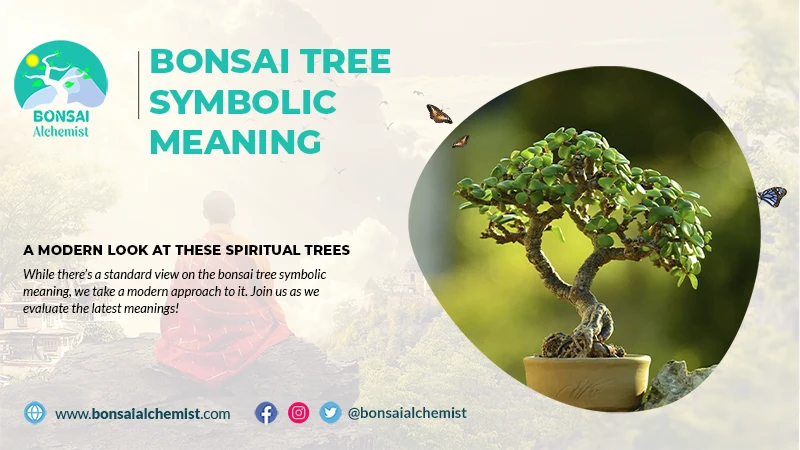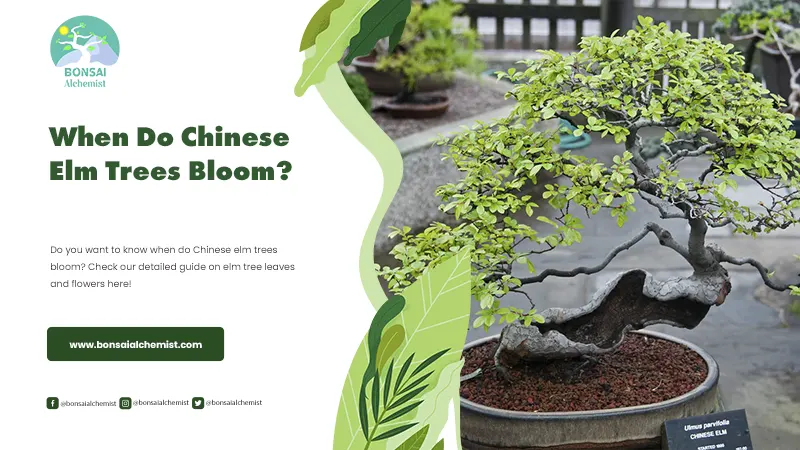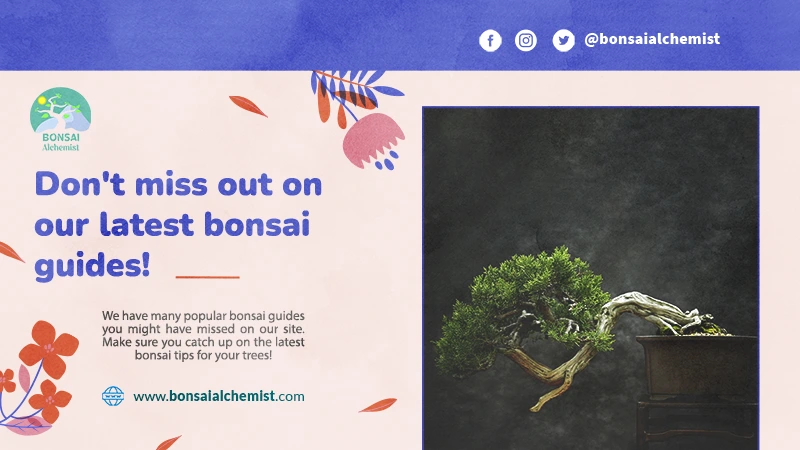Rocky Mountain Juniper
Juniperus scopulorum
Rocky mountain juniper is a gorgeous tree to own and grow as a bonsai. The tree can tolerate indoor growth and thrives when kept outdoors. The juniperus scopulorum is great for bonsai newbies as it doesn’t suffer if you over-prune it accidentally. If you’re curious about growing a Juniper tree, there’s a variety of options available such as the red cedar juniper, which has similar care details.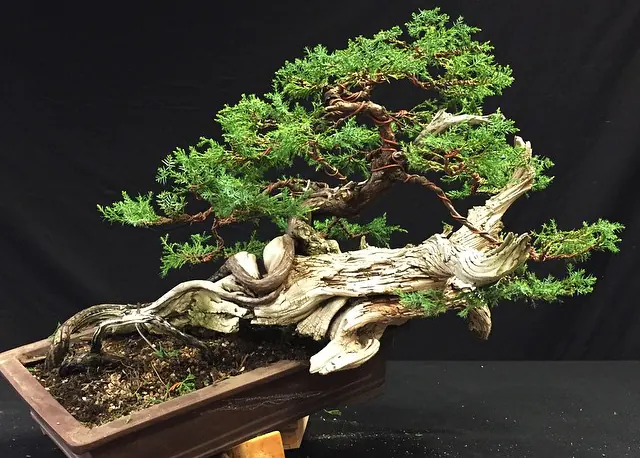
Image courtesy of 4.0 International
We cover the following major areas of care for a rocky mountain juniper bonsai in our species guide:
We cover the following major areas of care for a rocky mountain juniper bonsai in our species guide:
01
02
03
04
05
Quick Rocky Mountain Juniper Bonsai Care Sheet
Here’s a quick overview of all the necessary information you need to start taking care of your rocky mountain juniper bonsai.
Recommended soil
Regular bonsai soil mix.
Watering
Water sparingly and as the soil becomes dry.
Potting season
Repot every two years.
Shaping and pruning season
Shape while the tree is young, prune during the growth season.
Light
Full or partial exposure to the sun.
Fertilizing
Regular pellet fertilizer once a month.
Propagation methods
Seeds and cuttings.
Pests and diseases
Fungal rust, spider mites, juniper scales, webworms, juniper aphids, needle miners and webworms.
How to Care for a Rocky Mountain Juniper Bonsai
The rocky mountain juniper is an easy bonsai to care for, and we’re going to explain everything you need to know. Here we’ll explain the best soil and watering schedule and more that will keep your tree growing throughout the year.
Best Soil
You can buy the best soil for a rocky mountain juniper bonsai at any supply store. A generic bonsai soil mix will work well for potting your juniper tree. This soil is well-draining and breathable. These traits allow air and water to reach the roots without damaging the tree.
Watering
Water your rocky mountain juniper sparingly as the tree doesn’t take well to over-watering. Before you water the bonsai, check that the soil is at least slightly dry to ensure the tree’s roots aren’t drowned in moisture.
Ensure you regularly mist the tree and its foliage. This step is essential after repotting it due to the air humidity exposed to the roots.
Repotting
The rocky mountain juniper is easy to repot and needs to be repotted once every two years. Use either the same soil or a more draining option when repotting. When repotting, don’t over-prune the roots as these are delicate. Larger trees only need to be moved once every few years.
Shaping and Pruning
Long shoots can be cut or pinched during the tree’s growing season. Carefully watch to avoid trimming any of the growing tips of the tree’s branches. The rocky mountain juniper takes well to over-pruning if you do it accidentally. While it does harm the plant, it will quickly recover. However, the tree won’t regrow its foliage and regain health if you cut too much off.
Wiring is best done when the rocky mountain juniper is young. Wrap the branches carefully with tape or similar material to prevent any branches from snapping.
Location and Sunlight
The rocky mountain juniper requires at least a partial day’s worth of direct exposure to sunlight. However, if the tree’s placed in a location that offers a full day of sun, the plant is more likely to grow steadily.
Ideally, this tree should be grown outdoors in an open location. You may need to protect the bonsai during winter if temperatures reach below 15 degrees Fahrenheit.
Fertilizing
Fertilize the rocky mountain juniper with normal organic fertilizing pellets once a month during the growing season. In the spring, higher nitrogen fertilizer can strengthen the tree’s growth.
Propagation Methods
Seeds and cuttings are a great way to propagate the rocky mountain juniper. You’ll often find many sizes of this species at nurseries. Additionally, you can grow this bonsai from old juniperus scopulorum trees you find outdoors.
Pests and Diseases
When well cared for, the species is fairly resistant to pests. Dense foliage can, however, hide insects and other pests. Common pests include spider mites, juniper aphids, juniper scale, needle miners, and webworms. Traditional pest sprays will help rid your tree of any insect or pest.
The tree is prone to fungal rust, which can’t be cured or removed from your bonsai.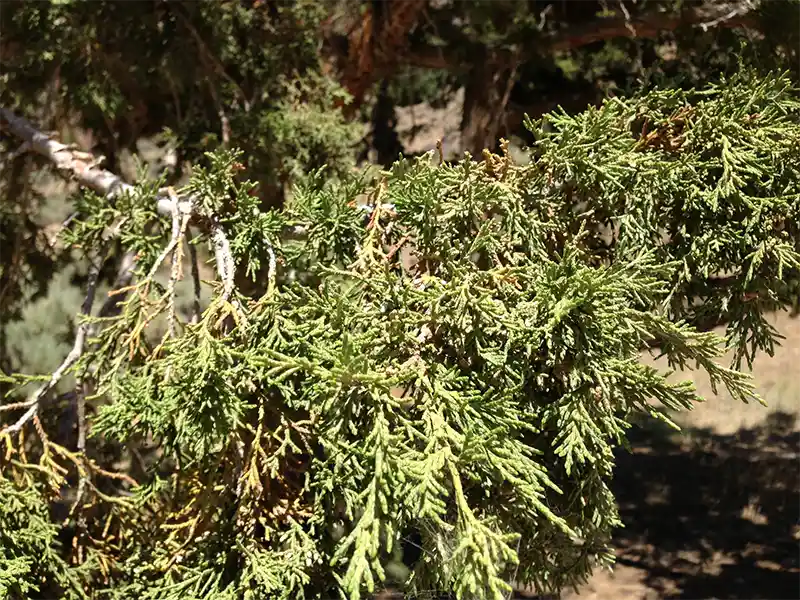
Images courtesy of 3.0 Unported
Considerations for Growing an Indoor Rocky Mountain Juniper
While the rocky mountain juniper thrives when kept outdoors, the bonsai can survive if you’re growing it inside your house. However, there are some concerns you’ll need to watch out for, such as the tree’s need for sunlight and temperature.
Placement
If you’re keeping your rocky mountain juniper indoors, ensure it’s placed near a sun-facing window. Keeping your tree near the window will reduce the amount of time you spend moving it around to keep it in the sun.
Temperature
While keeping the bonsai indoors, you’ll need to keep the temperature above 15 degrees Fahrenheit to keep your rocky mountain juniper alive. While this isn’t an issue during summer, an open window during winter will harm your tree.
Common Issues When Caring For a Rocky Mountain Juniper Bonsai
When caring for a rocky mountain juniper, you’re likely to run into issues or make a mistake if it’s your first time with the species. We’ll look at over-pruning, sunlight requirements, and smell as common factors you’ll encounter when growing this bonsai.
Over-pruning
If you’re new to bonsai, you’re likely to over-prune your trees. This extra cutting can devastate the health of any plant. However, if you keep watering and feeding the rocky mountain juniper, it’ll survive and regain its health quickly.
Sunlight exposure
Juniper bonsai requires a large amount of sunlight per day. You’ll need to ensure that the tree gets at least a partial day‘s worth of sun. If you keep your bonsai near a wall or covered during the day, there’s a risk that this tree won’t grow as well as it normally would.
The Smell
The rocky mountain juniper is known to smell like cat pee, making it hard to keep around if you’re growing it indoors or around your house. If you plan to grow the species, make sure you have an area outside that’s away from windows. If you’re keeping the bonsai indoors, be prepared to light a few scented candles from time to time.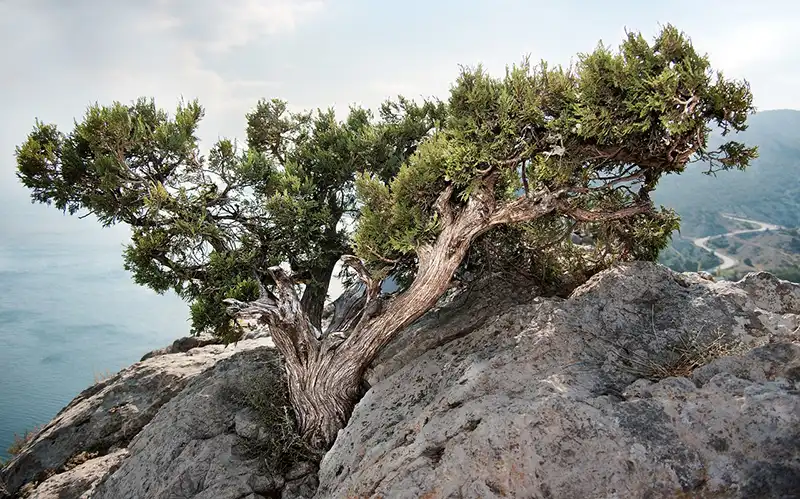
FAQs about Rocky Mountain Juniper Bonsai
We’ve gathered the five most commonly asked questions about the rocky mountain juniper. Here we’ll look at the tree’s newbie friendliness, height, scent, pollen, and if you can grow it indoors.
The rocky mountain juniper is a great bonsai to get as a beginner. The tree doesn’t suffer as much as other species if you over-prune it, which you’re likely to do your first couple of times. Aggressively pruning the tree will damage it, but the bonsai can quickly spring back to regular health.
A rocky mountain juniper can grow to be as tall as 30 feet. Generally, the tree can reach at least 20 feet in height but often climb to 30 feet. The bonsai version still grows to substantial height if raised correctly.
While you can keep a juniper bonsai indoors, it isn’t recommended due to its high sunlight requirement. If you’re planning to keep the plant inside, you’ll need to move it around constantly. If you have no sun-facing windows, you’ll need to grow this species outdoors.
Rocky Mountain juniper has a unique smell that mimics cat pee. This smell can be overwhelming, and we recommend keeping the tree away from your normal relaxation areas. If you’re growing this tree indoors, keep a can of air freshener ready.
Juniper trees can trigger your allergies, much like most other plants. However, the juniper pollen is unique in the way it acts. Even though you may have no allergies, the pollen can trigger an allergic reaction.


